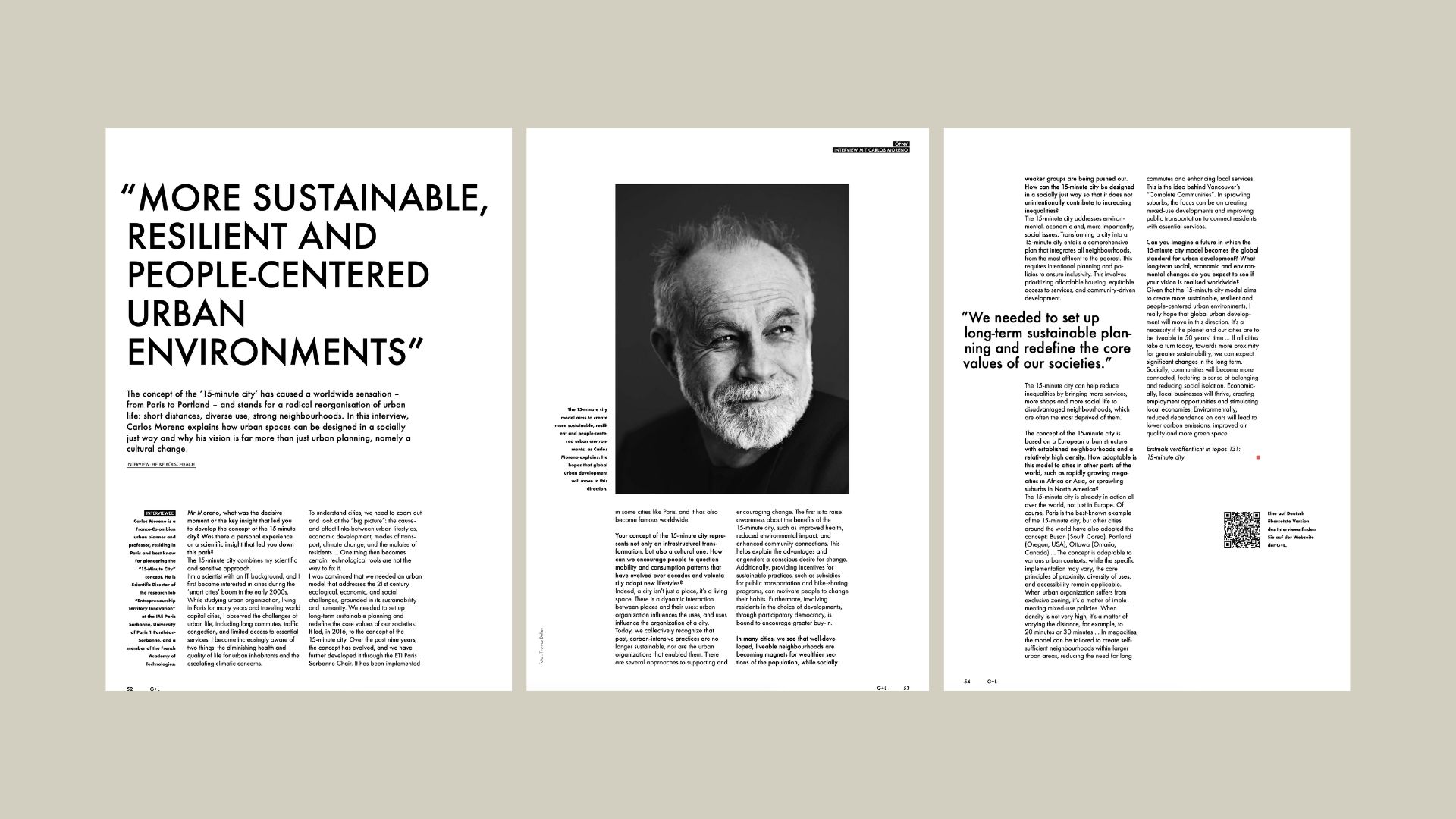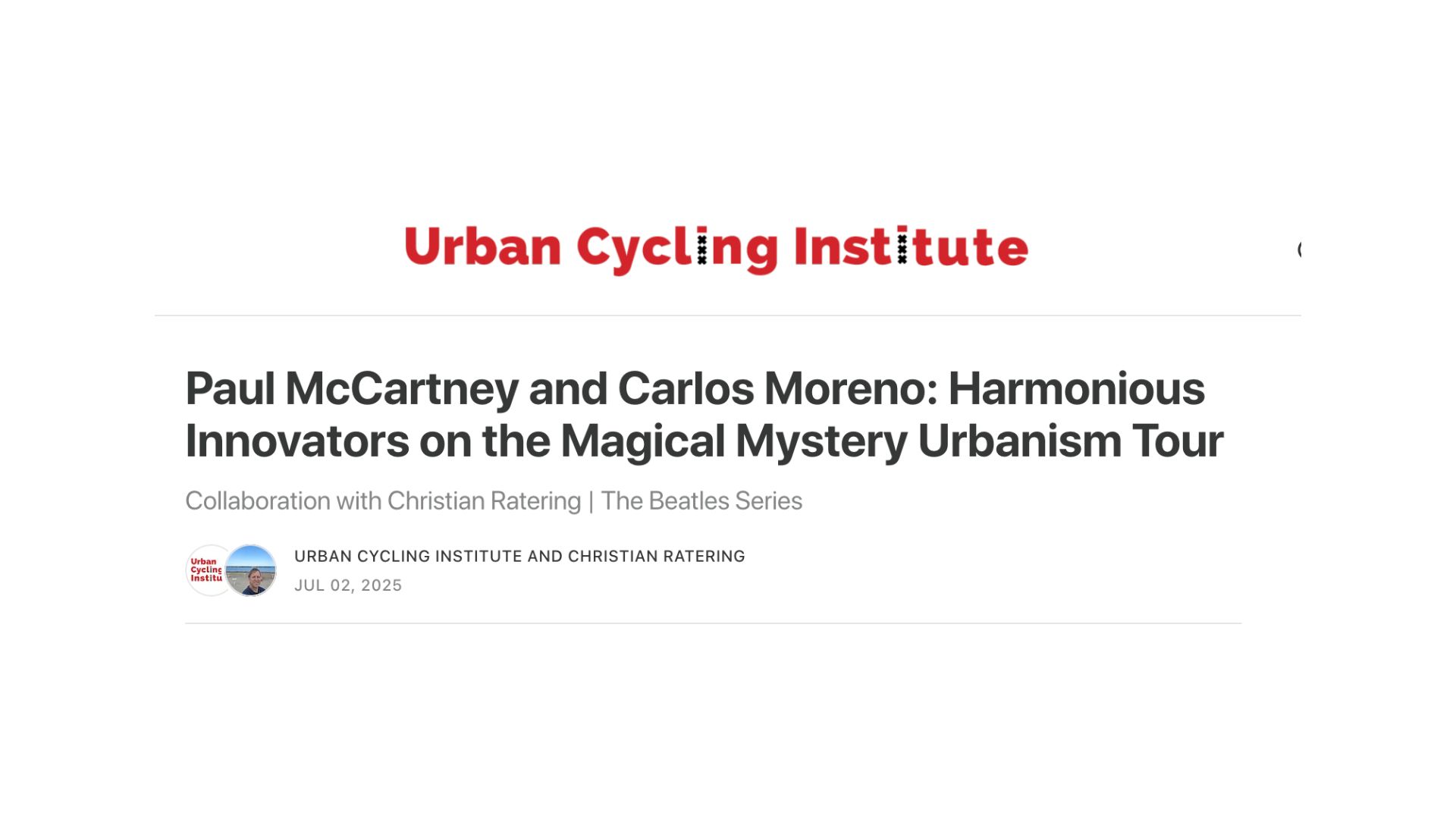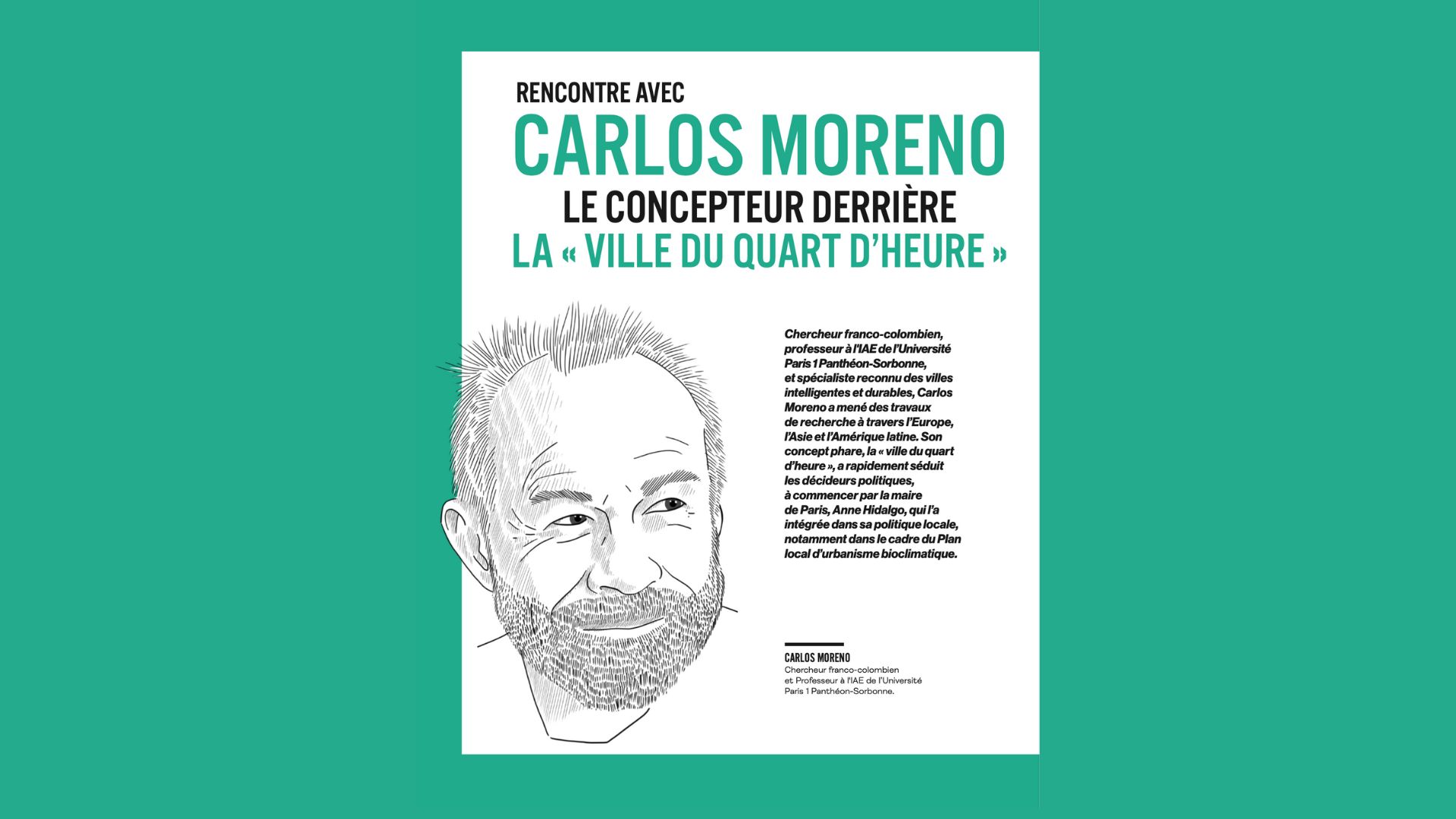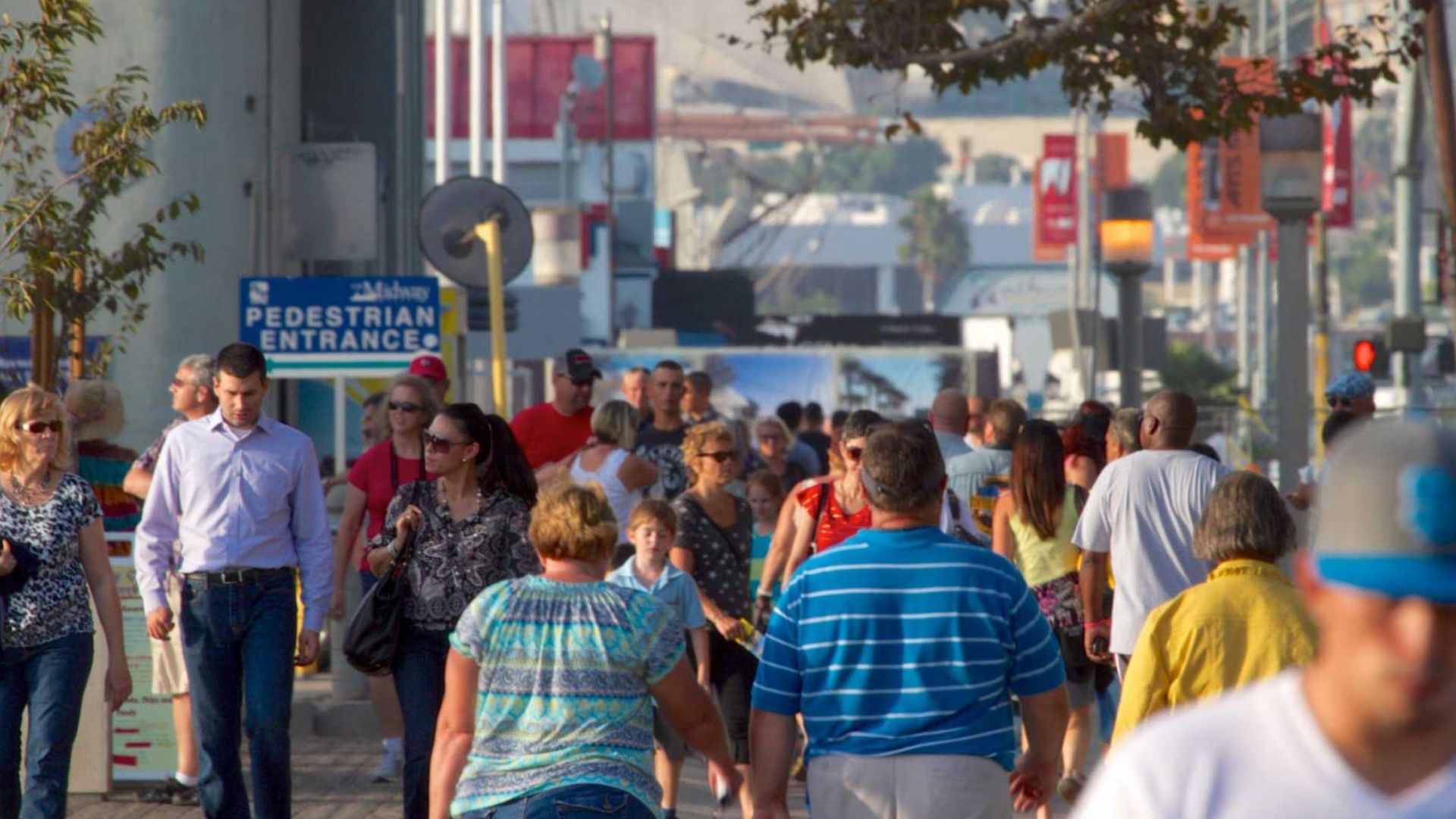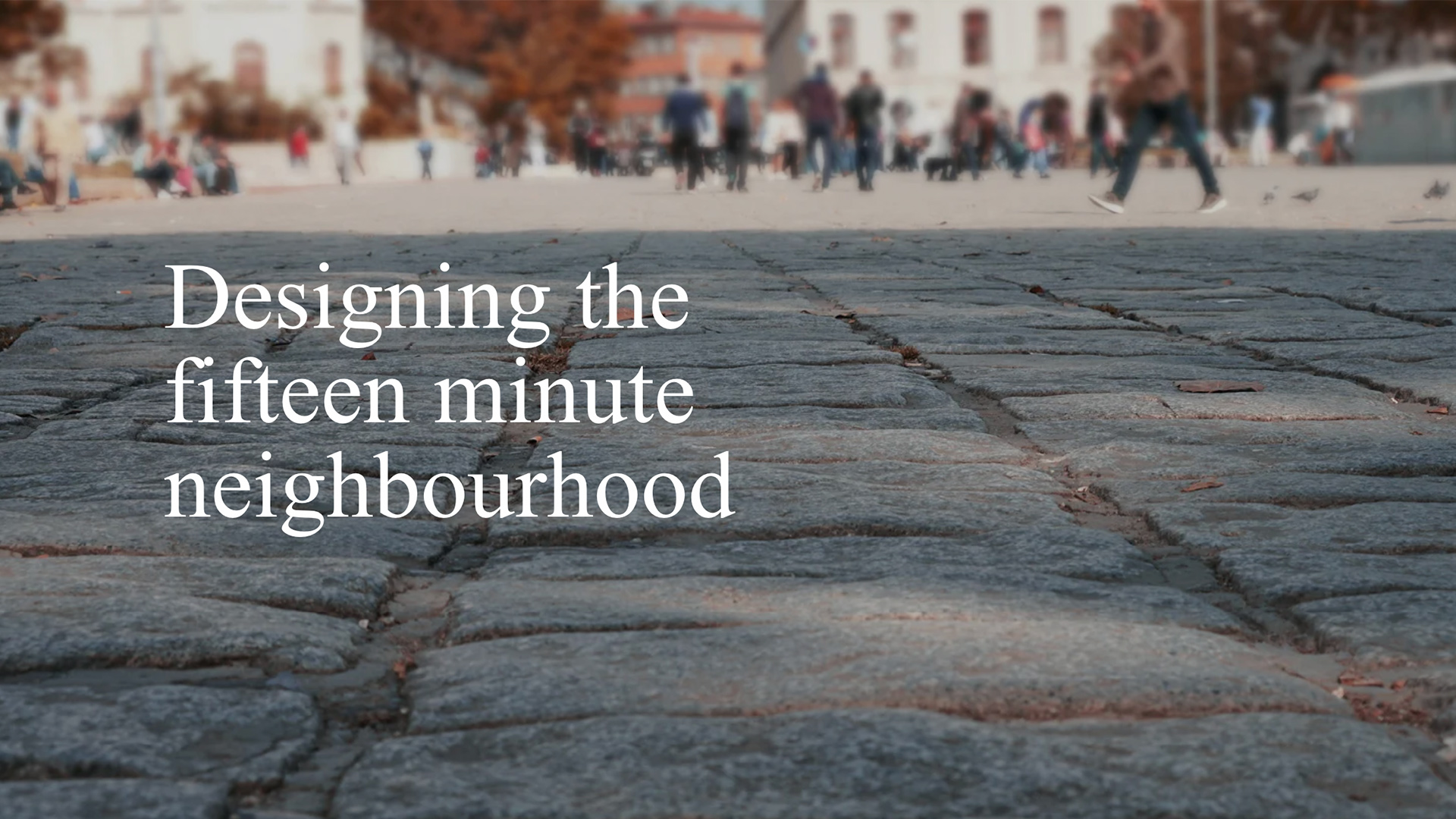
In normal conversation, distance is generally converted to time; something is ‘five minutes down the street’ or ‘a few minutes up the road’. This approach of distance-as-time shapes how we evaluate different social choices and opportunities. Too far often means too long which means too much bother.
For urban planners, this dynamic has informed our thinking in a number of ways.
Travel time will shape the adoption of particular modes of transport. A car journey will be preferable to walking or cycling for distances over three kilometres. But when you walk or cycle, you go straight to the destination. With driving, you have to find a place to park, then walk to the destination. If we remove parking opportunity, we disincentivise driving. If we don’t provide easily walked and navigated access to train stations, from multiple directions, we can double the total journey length of an urban fringe to work-centre trip and completely invalidate the business case that justified a rail system. The 2020 pandemic has challenged many of our underlying assumptions.
